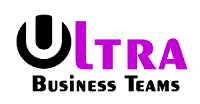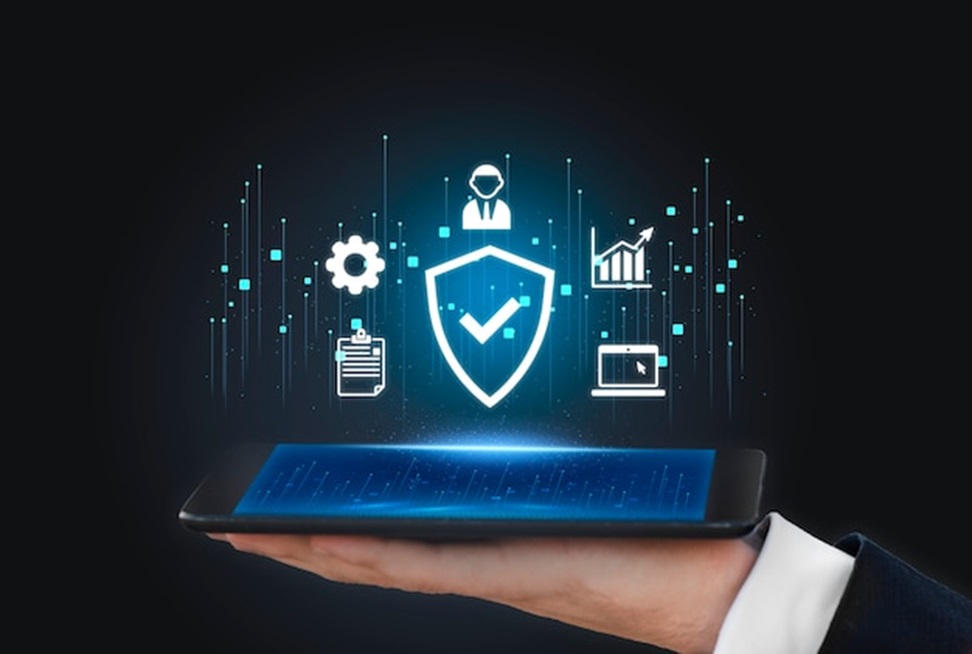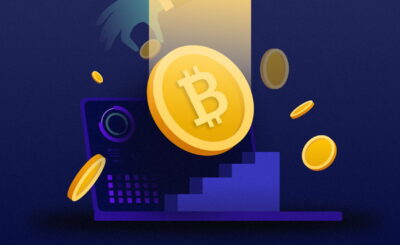Keeping sensitive information protected has become more challenging in today’s digital age. Data breaches and leaks have prompted individuals and organizations to seek innovative ways to secure confidential data. There is a growing trend towards self-destructing notes.
Understanding self-destructive notes
Self-destructing notes are digital messages that automatically delete themselves after a predetermined period or after being read by the intended recipient. By limiting the lifespan of the data, self-destructing notes significantly reduce the window of opportunity for malicious actors to intercept or access the information.
How do self-destructing notes work?
The mechanics behind self-destructing notes are relatively straightforward. When a user creates a note, they can set a timer or specify conditions for its deletion. Once these conditions are met, the note is automatically erased from the sender’s and recipient’s devices and from any servers that temporarily store the data.
Benefits of self-destructing notes
Data leaks can be prevented by using self-destructive notes. This is particularly useful for sharing time-sensitive data or information that loses relevance and reduces the risk of human error, such as forgetting to delete confidential messages or accidentally forwarding sensitive information to the wrong recipient.
Another significant benefit is the reduction of digital footprints. In an era of data mining and surveillance, self-destructing notes help users maintain their privacy by limiting the amount of personal or sensitive information stored on devices or servers.
Challenges and considerations
While self-destructing notes offer numerous benefits, there are some challenges and considerations to remember. One primary concern is ensuring recipients have enough time to read and process the information before it disappears.
Another consideration is the potential for misuse. As a privacy and security tool, self-destructing notes can also evade accountability and hide illicit activities. Clear policies and guidelines should help organizations comply with all relevant legal and ethical standards and appropriate laws and regulations.
Best practices for self-destructing notes
Users should follow some best practices when using self-destructing notes to prevent data leaks. it is essential to choose a reputable and secure platform for creating and sending self-destructing notes. Users should also be mindful of their deletion timeframes, ensuring that recipients have sufficient time to access and understand the information. This includes refraining from taking screenshots or copying self-destructing notes, as these actions can undermine the technology’s effectiveness in preventing data leaks.
Education and user awareness
Self-destructing notes prevent data leaks by relying heavily on user understanding and cooperation. Organizations implementing these systems should prioritize educating their employees about the proper use and benefits of private note. This includes training on how to determine which information is suitable for self-destroying notes and setting appropriate destruction parameters.
Balancing convenience and security
One of the ongoing challenges in self-destructing notes development is striking the right balance between convenience and security. While shorter destruction timeframes offer increased security, they may also inconvenience recipients who need more time to process the information. Future iterations of self-destructing note platforms may offer more flexible options, such as allowing recipients to request time extensions subject to sender approval.
In conclusion, self-destructing notes offer a promising solution for preventing data leaks in an increasingly interconnected world. As with any security measure, self-destructing notes depend on proper implementation and user awareness. Self-destruct notes can significantly enhance data protection efforts and safeguard sensitive information when used responsibly and in conjunction with other security practices when used responsibly and in conjunction with other security practices.






